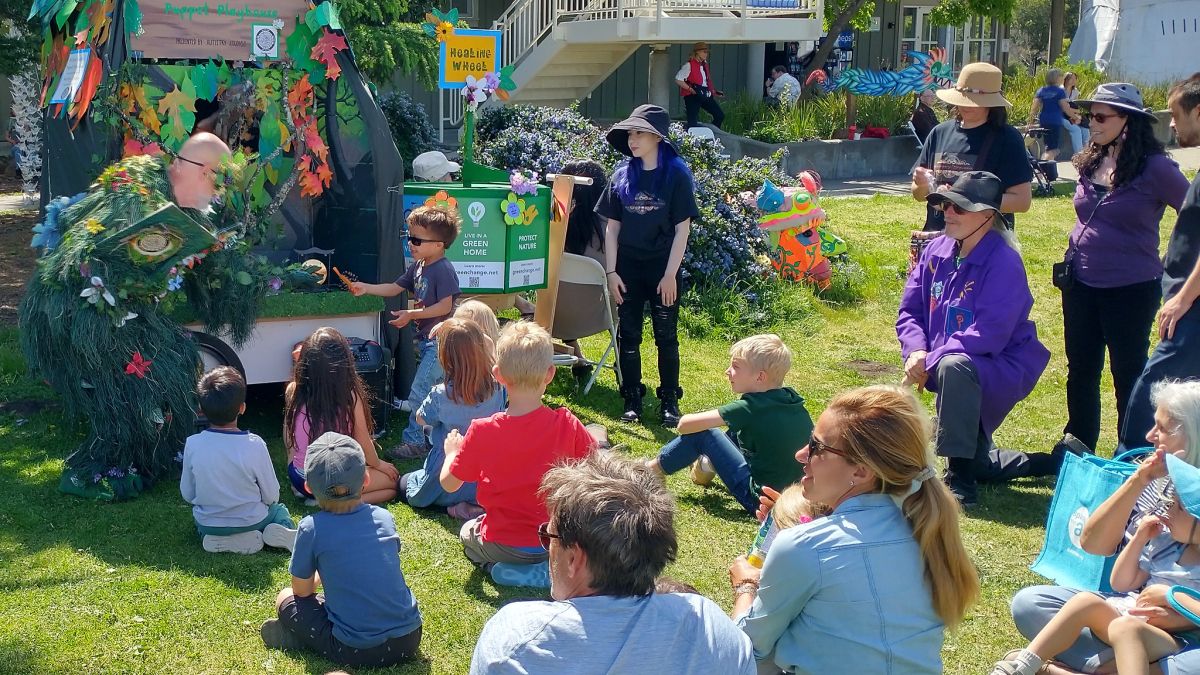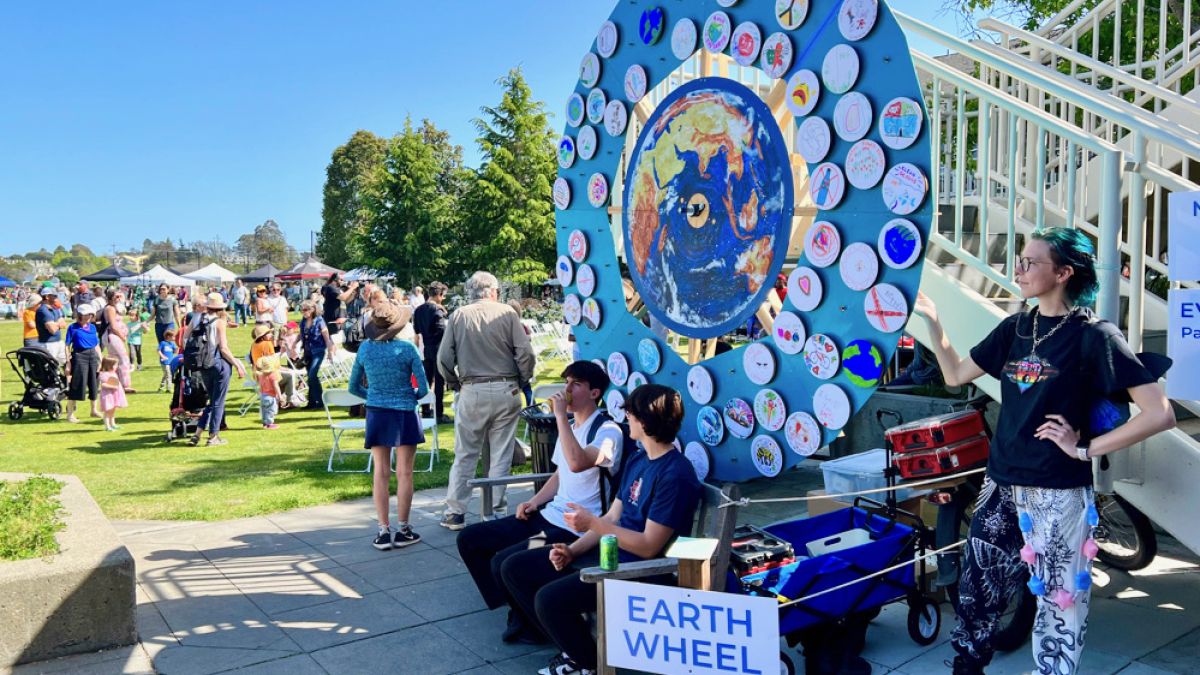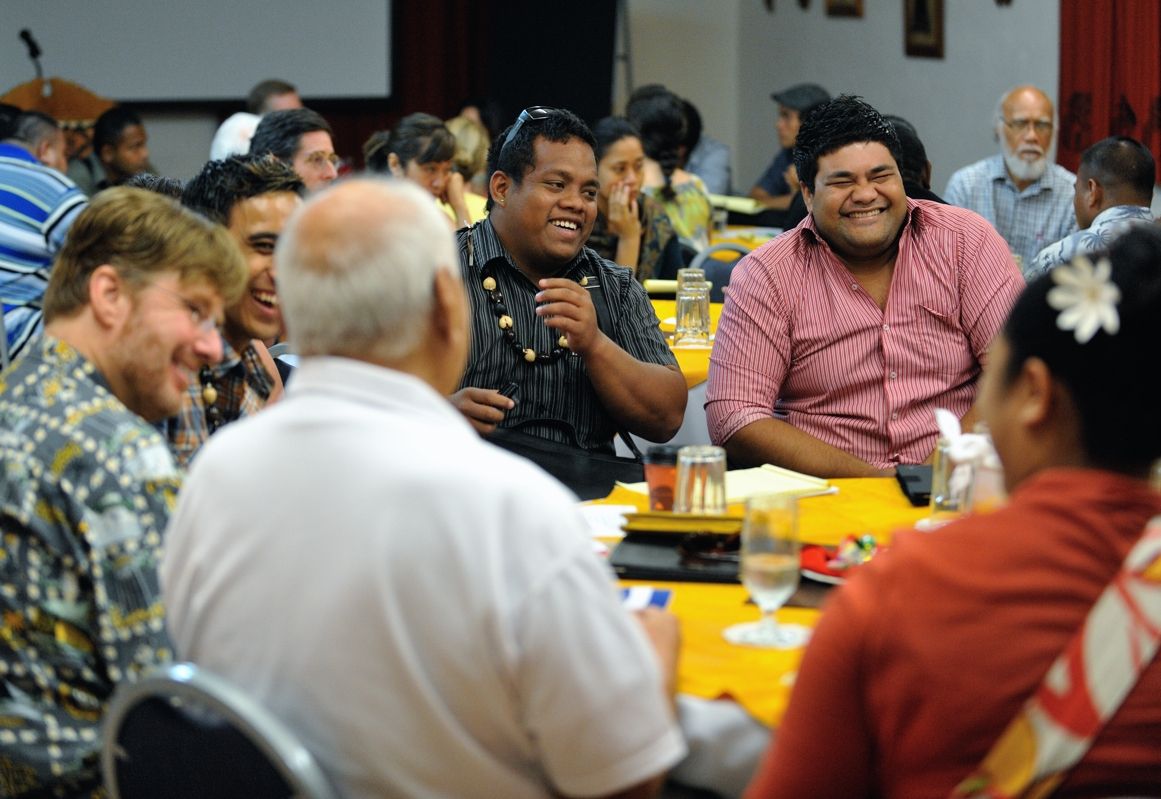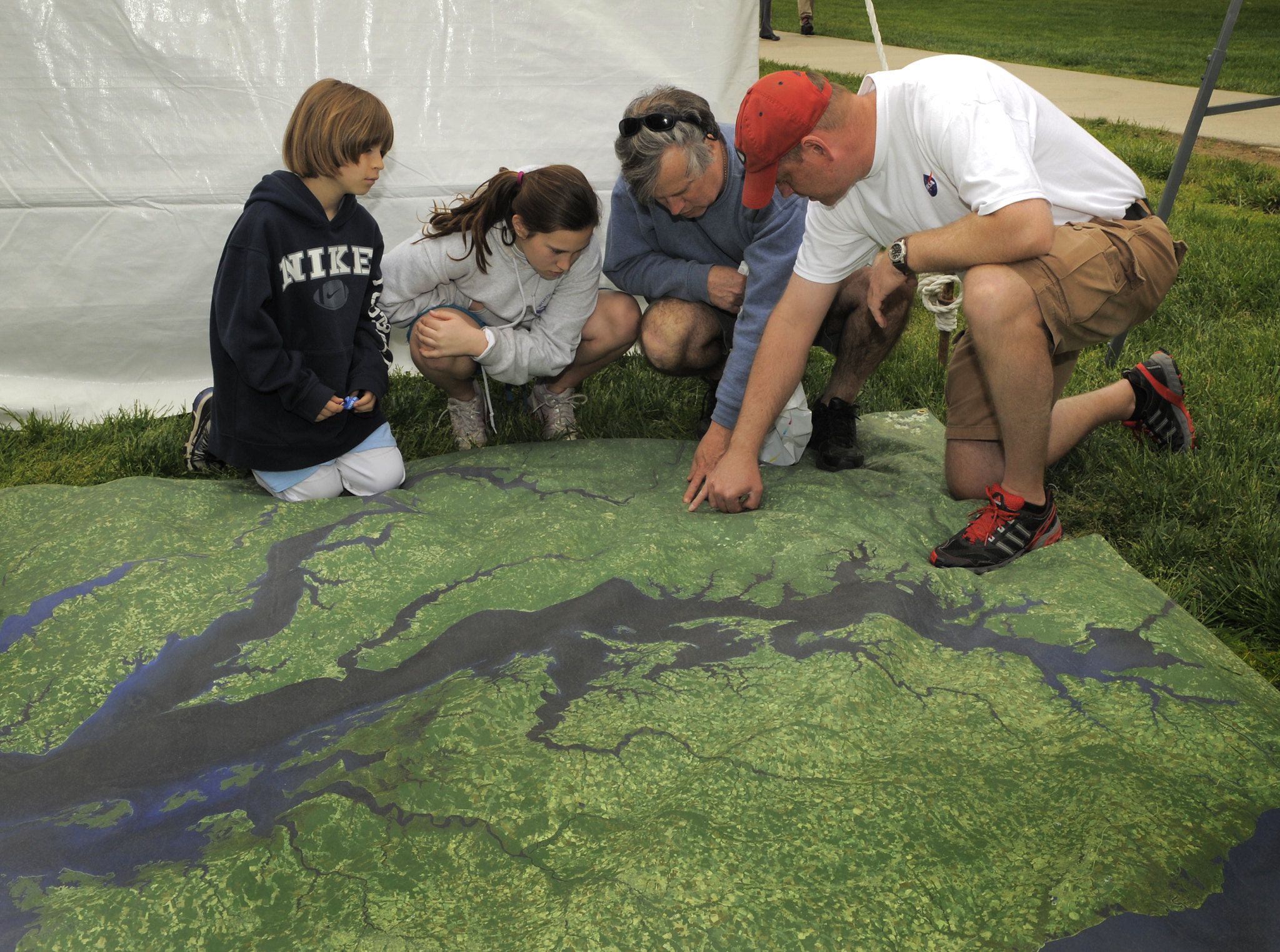Earth Day: A Reflection on Its Origins, Evolution, and Significance

This month we celebrate Earth Day! Earth Day is an annual event celebrated around the world on April 22, dedicated to raising awareness and promoting action for environmental protection. This day is a global call to action, bridging people from varying communities, values, and experiences in a shared commitment to preserving and nurturing our planet.
Earth Day celebrations take all forms including hosting public celebrations of art and expression, outdoor clean-up efforts, working for improved legislation around environmental protections, or simply enjoying the nature around you.
Although Earth Day has been around for over 40 years, it may be new to some. Let’s take a moment to delve into the rich origin story of the holiday that has fueled a passion for protecting and preserving our planet.

Honolulu’s Earth Day 2012. Photo credit: U.S. Army Corps of Engineers

Photo credit: Rakendra Moore
I. Origins of Earth Day
Communities around the world have had diverse types of relationships with the Earth and these interactions go back to the beginning of humankind. As humans continue to develop industry, particularly in North America and Europe, there is a growing awareness of how we benefit from the Earth and how human activities are impacting the Earth's ecosystems. In the 1960s, more people were becoming aware of environmental problems like air and water pollution, deforestation, and the loss of wildlife. In the 1960s, the heavily polluted Cuyahoga River catching fire, and Mayor Carl B. Stokes' dedication to spotlighting Cleveland, Ohio's pollution problem catalyzed the environmental movement.
Wisconsin Senator Gaylord Nelson was one of the key figures behind the creation of Earth Day. Deeply passionate about the environment, he aimed to bring attention to environmental issues at a national level.
II. The First Earth Day: April 22, 1970
Following the success of the nationwide campus “teach-in” movement protesting the Vietnam War, Nelson and others coordinated a national demonstration to raise awareness about environmental issues. People across the United States held rallies, marches, and educational events to demand action to protect the environment. This was an unprecedented display of public support for environmental conservation, which sparked a wave of environmental activism.
Within the next five years, the U.S. government created the Environmental Protection Agency (EPA) (1970), the National Ambient Air Quality Standards (NAAQS) to support the Clean Air Act of 1963 (1970), the Clean Water Act (1972), and the Endangered Species Act. In 2016, the United Nations chose Earth Day as the day to sign the Paris Climate Agreement into action.

Earth Day Marin. Photo credit: Gil Latimer and GreenChange.net

Photo credit: Dana Dworin and GreenChange.net

2022 Earth Connections Camp. Photo credit: Javonne Goodman, BLM Public Affairs Specialist

National Environmental Justice Conference and Training Program. Photo credit: U.S. Fish and Wildlife Service

Image

Learn more about global initiatives from NAAEE's EE 30 Under 30 Awardees!
III. On Environmental Justice
While the initial Earth Day event drew headlines, the need for environmental justice has long been established. This movement seeks to remedy and heal the environmental inequalities repeatedly and often intentionally bestowed upon marginalized communities, spanning not just decades, but hundreds of years. The 1969 burning of the Cuyahoga River gained the national spotlight, highlighting the dangers associated with pollution and inspiring citizens nationwide to speak up for their right to a safe and clean environment. In 1979, Houston Texas residents formed the Northeast Community Action Group (NECAG) to file a class action lawsuit to block a landfill from being built within 1500 feet of a school and within two miles of five additional schools. Just four years later, Dr. Robert Bullard, often known as the “father of environmental justice,” authored Solid Waste Sites and the Black Houston Community, a groundbreaking study shedding light on, and evidence of, environmental racism in the United States. Bullard’s later book, Dumping in Dixie, provided an even more comprehensive look at environmental injustice in this country.
Over the past five decades, more and more environmental leaders and organizations have established themselves. The West Harlem Environmental Action (WE ACT) was created in 1988 to address ongoing West Harlem community struggles around waste management, land use, and housing, and has since evolved into an environmental justice organization committed to empowering the communities of New York and beyond. In 1990, the Indigenous Environmental Network (IEN) was founded. This grassroots organization addresses environmental and economic justice issues faced by Indigenous communities.
Many people of color around the world are still facing environmental injustices today but through public and legislative action, efforts are being made to improve communities. In 2023, the White House launched the Justice 40 initiative. This legislation ensures that 40% of Federal benefits and opportunities in climate, clean energy, affordable housing, and sustainable housing reach marginalized communities that have been historically burdened by pollution and underinvestment. The EPA has created a database mapping the regional environmental justice action groups and the initiatives each has pursued.
Despite the growing awareness of and increased efforts to improve environmental health and well-being, marginalized communities, particularly those of color, continue to bear the disproportionate brunt of environmental racism and injustice through the effects of climate change, lack of green space, adverse health impacts, and pollution. Earth Day presents a crucial opportunity to mobilize action and advocacy toward ensuring clean air, water, and land for all individuals.
IV. Earth Day Today
Since its inception in 1970, Earth Day has grown to a global level, with major themes and focuses of Earth Day each year. Schools, businesses, nonprofits, and communities create activities, fundraisers, lessons, and volunteer opportunities to further awareness and engagement.
Around the world, people celebrate Earth Day not just as a single day of observance, but through Earth Week, Earth Month, and as part of a daily mission to build a more sustainable and resilient world. The Earth Day Network was formed to continue this legacy.
In the past 50 years:
- Hundreds of millions of trees have been planted
- U.S. federal legislators have approved $7B in Green School grant funding
- Educators in 149 countries have participated in Earth Day activities
- 2.7 billion acts of improving the environment have taken place globally
- One billion people participate across more than 190 countries each year

On Earth Day 2015, students from the nearby Hazel Wolf School walked to Green Lake for some environmental activities hosted by the Friends of Green Lake. Photo credit Karen Schurr

Credit: NASA/GSFC/Pat Izzo
So what can you do? We’re so glad you asked!
- Learn more about the individuals and organizations behind the growth and perseverance of the environmental and environmental justice movements:
- Find local organizations and community groups taking action to protect the Earth on Earth Day and all year long:
- Sign up for short- and long-term local volunteer efforts:
- Share what you’ve learned with family members, friends, colleagues, and coworkers! Learn from each other how to take meaningful action to safeguard and preserve the planet:
In celebration of Earth Day, we unite globally on April 22, embracing a shared commitment to caring for our planet. Earth Day drove the creation of significant environmental policies and fueled the growth of the environmental justice movement. Today, Earth Day continues to inspire millions worldwide, with diverse activities and initiatives aimed at fostering environmental stewardship.










